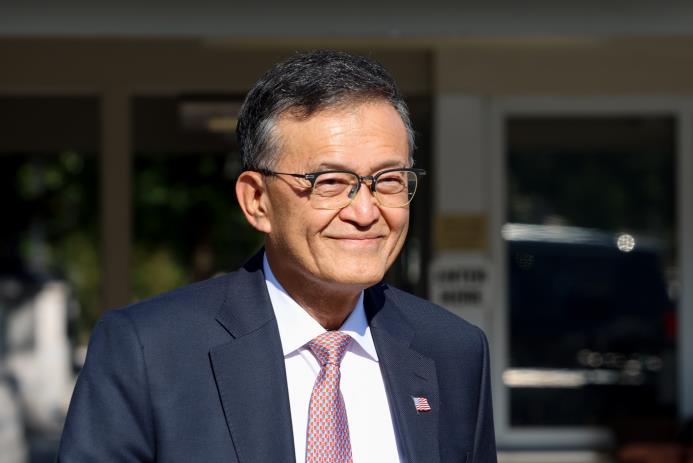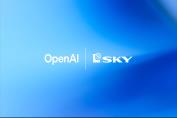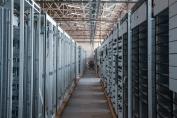
Intel's Foundry Business Takes Center Stage Amid Financial Recovery
- 24 October, 2025
Intel's Impressive Financial Rebound
Intel quietly — and then not so quietly — surprised a lot of people this quarter. What struck me was how quickly a string of pragmatic moves translated into real numbers: third-quarter earnings that beat Wall Street's conservative estimates, driven by aggressive cost cuts and targeted capital plays. From what I've seen in this industry, rebounds like this rarely come from one hero product or a single press release. They come from a mix of disciplined expense management, a few bold financial partnerships, and yes, some strategic pruning.
For the quarter Intel posted about $4.1 billion in net income. That’s meaningful in context: it follows a run of losses and signals a pivot from defense to offense. The company’s cost-reduction program — layoffs, tighter discretionary spending, trimming underperforming projects — isn’t glamorous. But it’s effective, and it bought Intel breathing room to lean into bigger, longer-term plays. The signal to investors was clear: management is willing to make hard choices.
Strategic Investments Fueling Intel's Revival
Here’s where the story gets more interesting. Intel didn’t just tighten the belt — it also brought big check-writers to the table. Over the quarter the balance sheet grew by roughly $20 billion. SoftBank put in about $2 billion in August. Nvidia committed $5 billion in September to collaborate on AI chip initiatives. And perhaps most politically loaded — and confidence-inspiring — the U.S. government took roughly a 10% stake.
Those are not small votes of confidence. SoftBank’s capital is the kind of patient-ish funding you see when outsiders believe the turnaround thesis has legs. Nvidia’s deal is strategic signaling: two archrivals in some spaces, now aligned on AI silicon. And the government stake — complicated, but powerful — effectively anchors Intel as a national champion in advanced node manufacturing. As CEO Lip-Bu Tan put it on the earnings call, bolstering the balance sheet gives Intel operational latitude. Translation: they can invest where it matters without getting spooked by the next quarter.
Divestitures Bolstering Financial Health
This quarter also featured some tidy housekeeping. Intel monetized its Altera stake for $5.2 billion and moved to sell its Mobileye position — moves that look less like panicked asset sales and more like strategic reallocation. I’ve seen this playbook before: you sell peripheral bets to concentrate capital on core differentiated capabilities. In Intel’s case that capital is being redeployed to chip fabs, R&D, and the foundry ambitions that everyone’s watching.
Revenue rose by about $800 million to $13.7 billion for the quarter. That’s the practical outcome of the story above: lower burn, smarter balance-sheet engineering, and some one-time divestiture gains — all culminating in a $4.1 billion profit versus a $16.6 billion loss in the prior-year period. Nice turnaround. But also: not magic. It’s the sum of a lot of small, sometimes unpleasant decisions that add up.
Challenges and Prospects for Intel's foundry business
If you want the real test of whether this rebound sticks, look at the foundry business. That’s the part I watch closest — because it’s where capital intensity, customer relationships, and execution risk collide. The division has been under scrutiny for a while, and Intel didn’t hesitate to cut headcount there. Hard to swallow, but sometimes necessary to refocus scarce engineering talent on high-payoff problems.
The political angle complicates things: the U.S. government’s investment comes with strings attached. The deal essentially ties future payouts and potential penalties to Intel maintaining a foundry presence domestically for the next five years. In plain terms: Intel can’t walk away from this. That’s both an obligation and an advantage. Obligations force discipline. Advantages come from a deep-pocketed sponsor who wants a domestic supply chain.
CEO Tan insists the foundry is ready to capture rising chip demand. I believe him — somewhat. Intel has the pedigree in leading-edge process technology and a legacy of massive capital projects. But building a world-class foundry is as much about convincing customers as it is about cleanrooms and EUV scanners. You need consistent yields, predictable timelines, and a pricing model that makes sense when a customer compares you to TSMC or Samsung. That’s easier said than done.
I’ve sat through more than a few vendor qualification cycles in my career. Customers are unforgiving. One missed delivery or a funky wafer lot, and you’re back to square one. So yes — Intel’s balance sheet, the SoftBank and Nvidia checks, and the government stake are all necessary. Not sufficient. The trust equation is fragile.
Still, the company is making the right outward moves: courting prospective foundry customers, promising a timeline to scale, and leaning on its brand legacy. This won’t be a sprint — it’s a multi-year rebuild. But with additional capital, a sharper cost base, and regulatory backing, Intel now has the runway to try. Will they pull it off? My read: better odds than a year ago, but plenty of execution risk remains. I’ll be watching yields, customer wins, and how they balance pricing pressure with margin recovery.
In short: this quarter felt like the moment a comeback becomes credible rather than wishful thinking. It’s satisfying to see a giant wake up and take the hard steps. But as any industry veteran will tell you, cycles repeat. The next phase is harder — winning and keeping customers at scale. That, more than a single quarter’s profit, will determine whether Intel’s revival endures.







